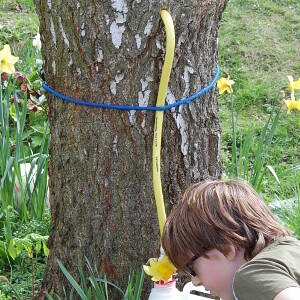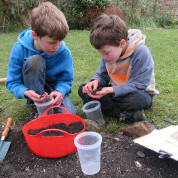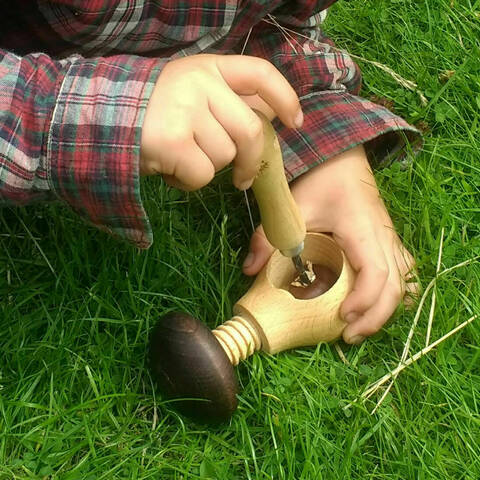Planting tree seeds
A fun and simple activity to explore the journey of any seed.
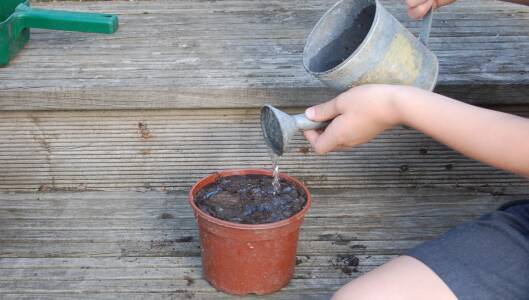
Introduction
Gathering and growing local seeds helps strengthen biodiversity.
Nurturing plants enhances wellbeing & environmental consideration.
What you'll need
- plant pots
- compost
- seeds
- trowel
- grit/pebbles
This activity has been provided by

Useful items from our shop
Environmental Considerations
Consider the environmental impact of preparing, carrying out & completing this activity. Could this impact be reduced? Specific considerations for this activity could include:
- collect tree seeds considerately, ideally collecting those that fall on ground where they are unlikely to grow – paths or roads, or where there is an abundance
- follow our foraging tips
Health & Safety Considerations
Follow your usual operating procedures and carry out appropriate risk benefit assessments.
Some considerations particular to this activity include:
- prepare a risk-benefit assessment of your journey and collection area in line with your standard operating procedures
- particular considerations for seed collection: choke hazards, collecting area – hygiene/dog faeces
Preparation:
- prepare a soil/compost mix
- gather plant pots and pebbles
- identify the area you will be collecting your seeds
Gather your seeds:
Head out on a wonderful autumn seed hunt. Take collecting baskets, pots or bags with you.
Count, sort and explore each of the seeds found.
Conkers, acorns and sycamore are quite reliable trees to grow in a pot.
The Tree Council have a national Seed Gathering Season campaign in September/October.
Seed viability:
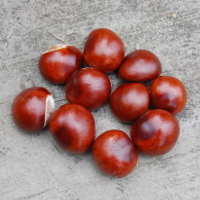
Don’t use any seeds with holes in them, insect larvae could be inside chomping away!
Check if the conkers float or sink. Only use the seeds that sink.
Check out our conkers ideas for things to do with the ones you don’t plant.
Tip:
Plant several of each tree type in case some do not grow.
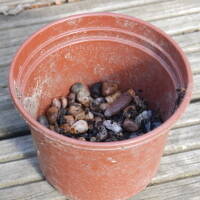
Step #1
Place a few pebbles in the base of your plant pots, this helps with stability (fewer get knocked over) and drainage.
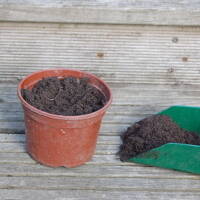
Step #2
Fill pot with soil mixed with compost.
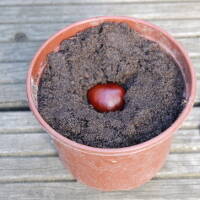
Step #3
Plant each seed, one per pot, about 2cm deep, and cover with soil/compost mix.
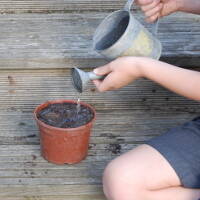
Step #4
Water well.
Step #5
Place the pot in a shady place in the garden for the winter.
Check the pots don’t dry out (but do not over-water) and make sure they are safe from being eaten – mice and squirrels are always on the hunt.
Ideally, protect them from hard frosts with a cover or a frame. Do not be tempted to keep them indoors and warm as they need to go through a cold spell to help them germinate.
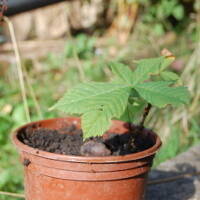
Step #6
The long wait - the seeds will not start sprouting until spring.
Step #7
When they have outgrown their pots, plant saplings out in the garden.
Always ask permission to plant onto other land. Trees can grow very large so consider carefully where to plant them. Oak trees grow very slowly.
Take it further:
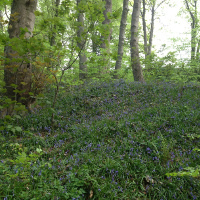
- you could produce labels or signs to name and mark the tree saplings you have planted
- all trees produce seeds and flowers - usually in the spring. Head out on a spring walk to identify the trees and the flowers that the seeds came from
- go on an annual or six-monthly walk to check the progress of your saplings.
Disclaimer: Muddy Faces cannot take any responsibility for accidents or damage that occurs as a result of following this activity.You are responsible for making sure the activity is conducted safely.
Key Features
- Age Range 3+
- Duration 1 - 2 Hours
- Location Woods / Forest
- Season Autumn
- Time of Day Anytime
-
Categories:
Nature
Growing & Gardens
